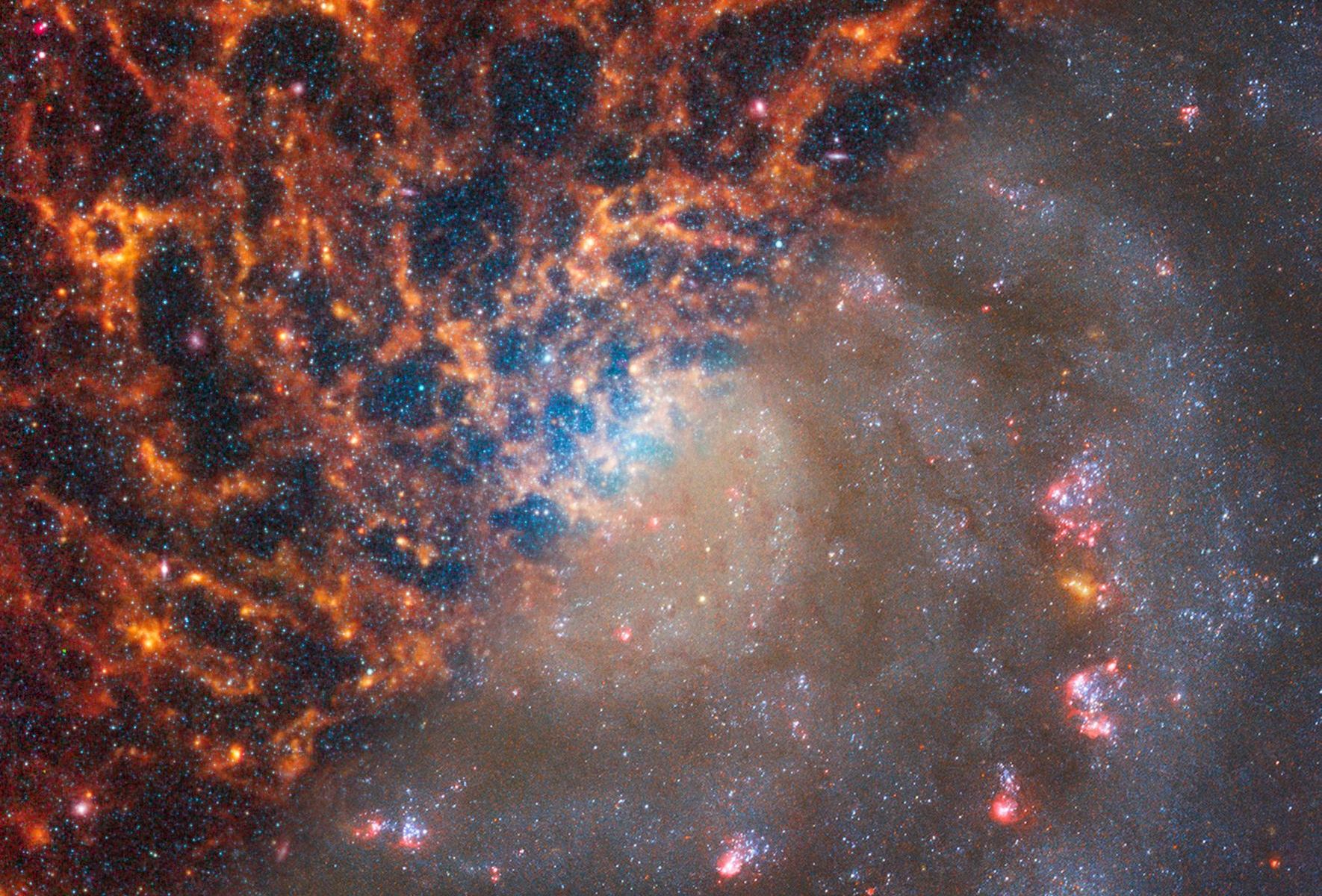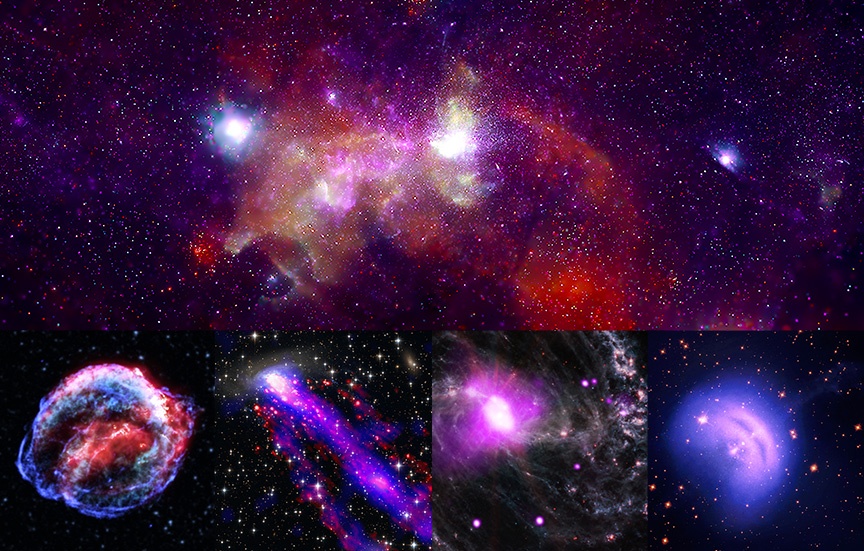The James Webb Space Telescope (JWST) continues to make amazing discoveries. This time in the constellation of Pictor where, in the Beta Pictoris system a massive collision of asteroids. The system is young and only just beginning its evolutionary journey with planets only now starting to form. Just recently, observations from JWST have shown significant energy changes emitted by dust grains in the system compared to observations made 20 years ago. Dust production was thought to be ongoing but the results showed the data captured 20 years ago may have been a one-off event that has since faded suggesting perhaps, an asteroid strike!
Continue reading “Webb Sees Asteroids Collide in Another Star System”Not All Black Holes are Ravenous Gluttons
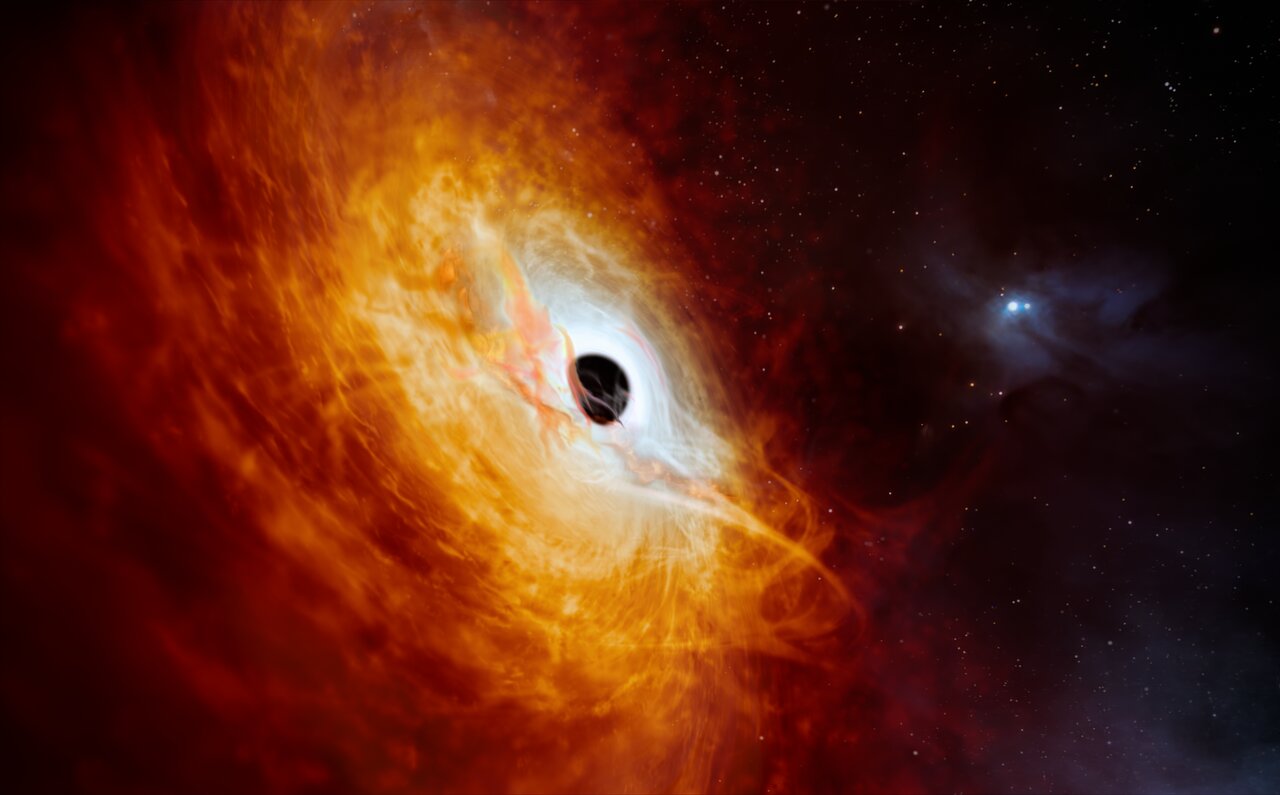
Some Supermassive Black Holes (SMBHs) consume vast quantities of gas and dust, triggering brilliant light shows that can outshine an entire galaxy. But others are much more sedate, emitting faint but steady light from their home in the heart of their galaxy.
Observations from the now-retired Spitzer Space Telescope help show why that is.
Continue reading “Not All Black Holes are Ravenous Gluttons”Nancy Grace Roman will Map the Far Side of the Milky Way
The Galaxy is a collection of stars, planets, gas clouds and to the dismay of astronomers, dust clouds. The dust blocks starlight from penetrating so it’s very difficult to learn about the far side of the Galaxy. Thankfully the upcoming Nancy Grace Roman telescope has infrared capability so it can see through the dust. A systematic survey of the far side of the Milky Way is planned to see what’s there and could discover billions of objects in just a month.
Continue reading “Nancy Grace Roman will Map the Far Side of the Milky Way”JWST and Chandra Team Up for a Stunning View of Supernova Remnant Cassiopeia A
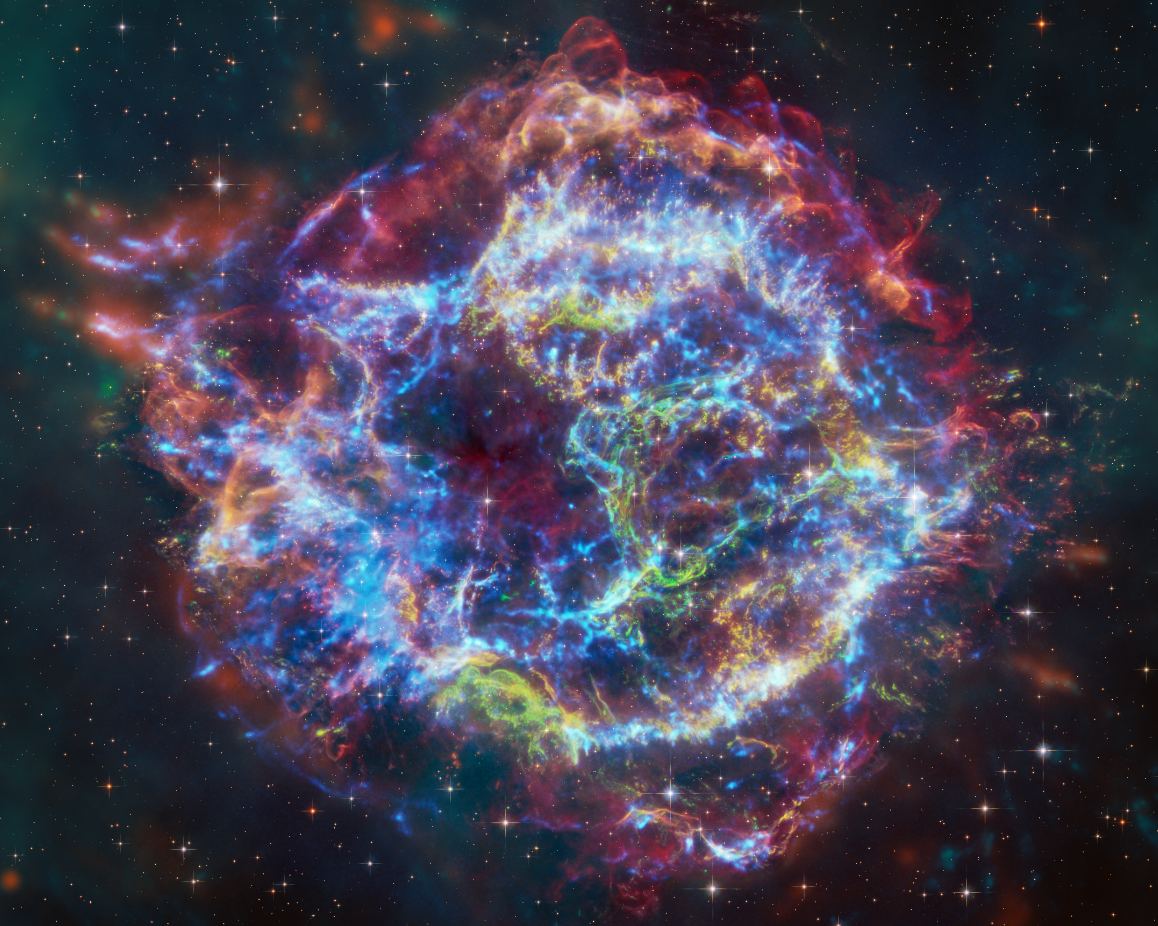
NASA’s long-lived Chandra X-ray Observatory teamed up with JWST for the first time, producing this incredibly detailed image of the famous supernova remnant Cassiopeia A. JWST first looked at the remnant in April 2023, and noticed an unusual debris structure from the destroyed star, dubbed the “Green Monster.” The combined view has helped astronomers better understand what this unusual structure is, plus it uncovered new details about the explosion that created Cas A.
Continue reading “JWST and Chandra Team Up for a Stunning View of Supernova Remnant Cassiopeia A”A Collection of New Images Reveal X-Rays Across the Universe
One of the miracles of modern astronomy is the ability to ‘see’ wavelengths of light that human eyes can’t. Last week, astronomers put that superpower to good use and released five new images showcasing the universe in every wavelength from X-ray to infrared.
Combining data from both Earth- and ground-based telescopes, the five images reveal a diverse set of astronomical phenomena, including the galactic centre, the death throes of stars, and distant galaxies traversing the cosmos.
Continue reading “A Collection of New Images Reveal X-Rays Across the Universe”Could We Resurrect the Spitzer Space Telescope?
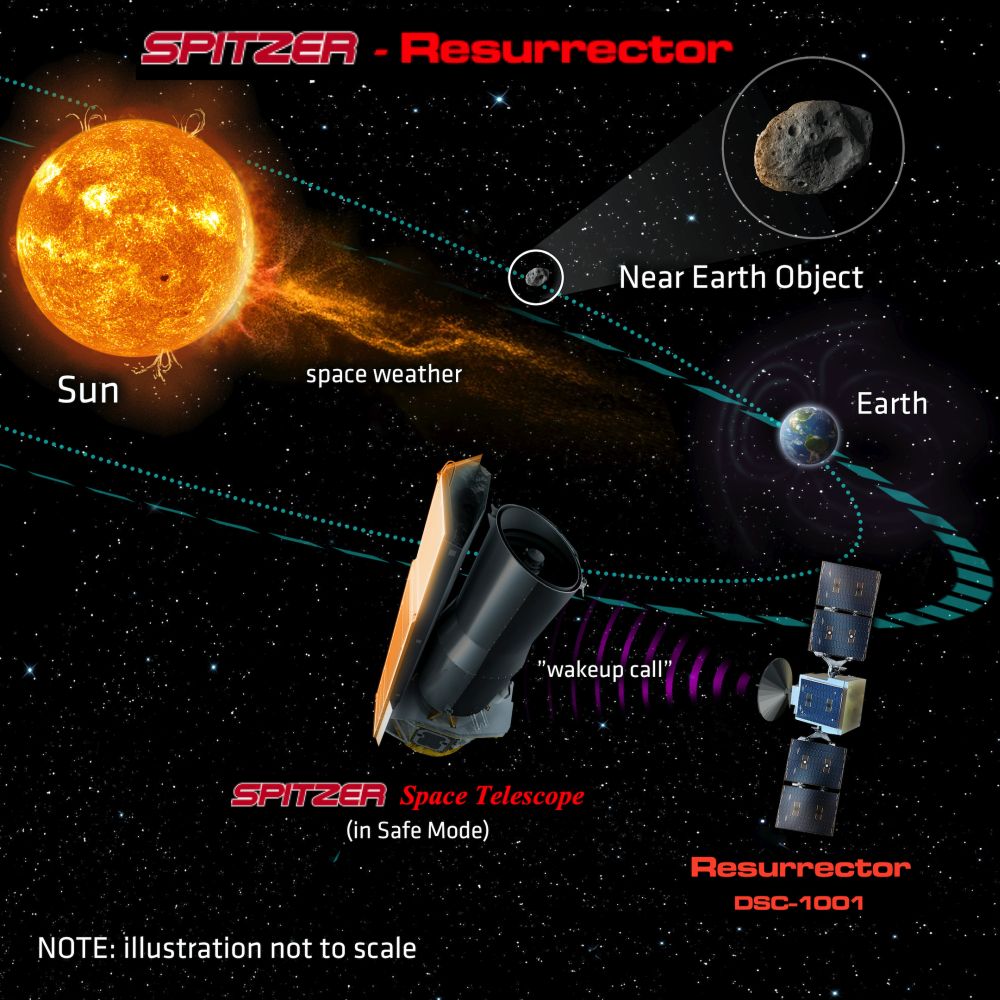
NASA’s Spitzer Space Telescope served the astronomy community well for 16 years. From its launch in 2003 to the end of its operations in January 2020, its infrared observations fuelled scientific discoveries too numerous to list.
Infrared telescopes need to be kept cool to operate, and eventually, it ran out of coolant. But that wasn’t the end of the mission; it kept operating in ‘warm’ mode, where observations were limited. Its mission only ended when it drifted too far away from Earth to communicate effectively.
Now the US Space Force thinks they can reboot the telescope.
Continue reading “Could We Resurrect the Spitzer Space Telescope?”Astronomers Find an Earth-Sized World That May Be Carpeted in Volcanoes
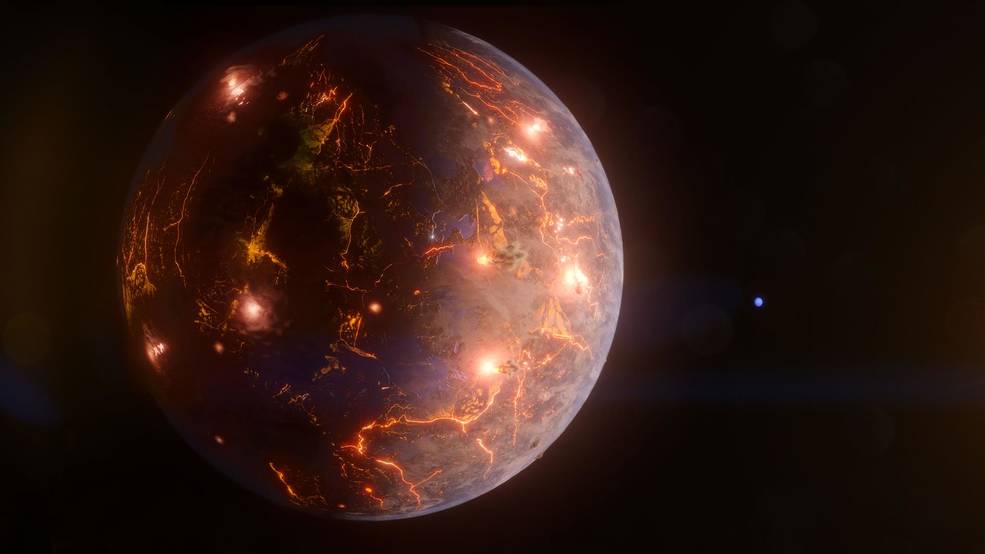
Astronomers think they’ve found an extrasolar planet covered in volcanoes like Jupiter’s moon Io, but this world is about the same size as Earth. Designated LP 791-18 d, the planet is probably tidally locked around a small, red dwarf star about 90 light-years away in the constellation Crater. There are two other more massive planets in the system, and their tidal interactions could cause enough tidal flexing that it unleashes planet-wide volcanoes on LP 791-18 d.
Planet d is located within the habitable zone of the star, and with all the other conditions, astronomers think it might be temperate enough on the permanent night side of this world to allow water to exist.
Continue reading “Astronomers Find an Earth-Sized World That May Be Carpeted in Volcanoes”Hubble and Spitzer Team up to Find a Pair of Waterworld Exoplanets
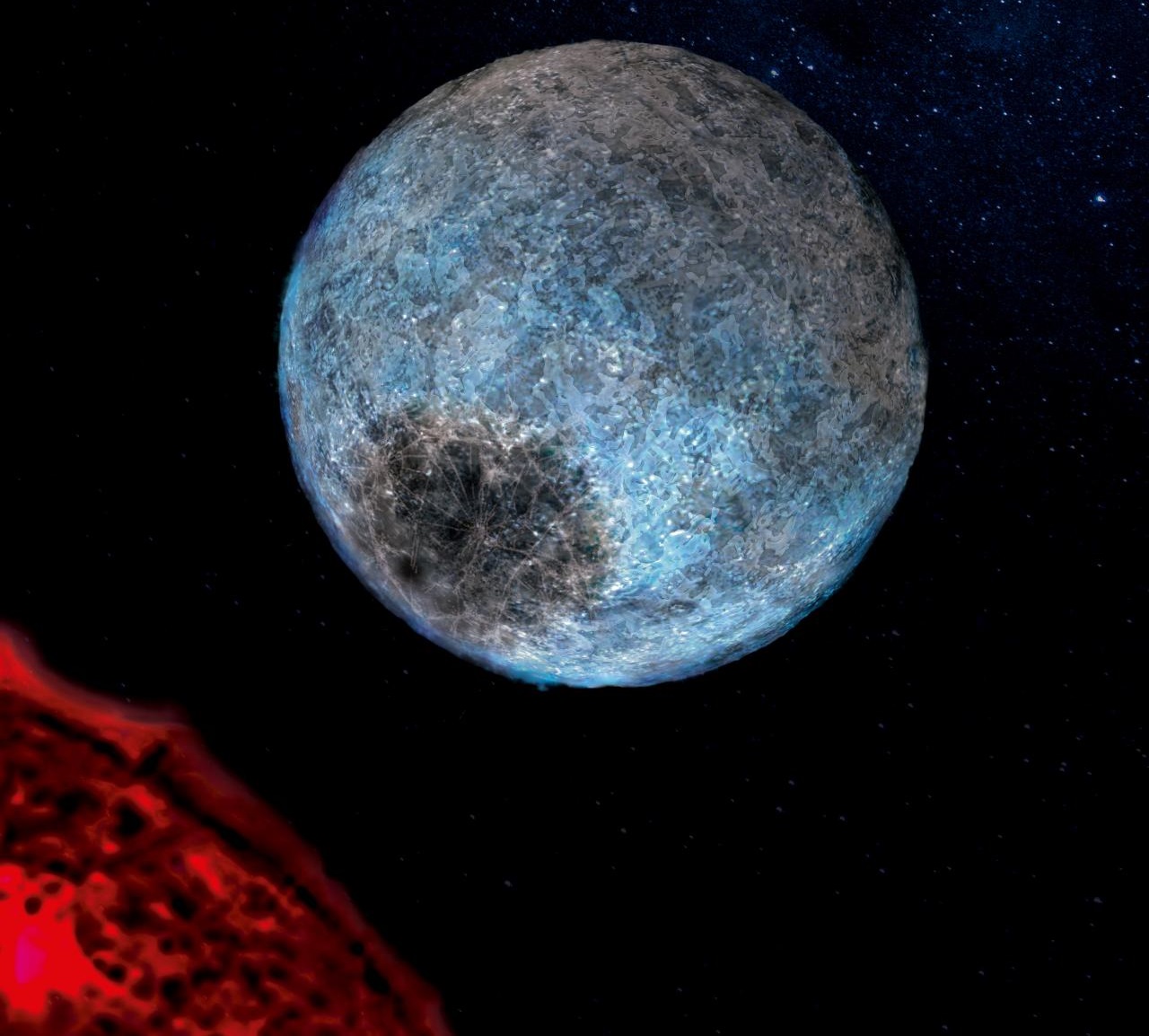
As of December 19th, 2022, 5,227 extrasolar planets have been confirmed in 3,908 systems, with over 9,000 more awaiting confirmation. While most of these planets are Jupiter- or Neptune-sized gas giants or rocky planets many times the size of Earth (Super-Earths), a statistically significant number have been planets where water makes up a significant part of their mass fraction – aka. “water worlds.” These planets are unlike anything we’ve seen in the Solar System and raise several questions about planet formation in our galaxy.
In a recent study, an international team led by researchers from the University of Montreal’s Institute for Research on Exoplanets (iREx) found evidence of two water worlds in a single planetary system located about 218 light-years away in the constellation Lyra. Based on their densities, the team determined that these exoplanets (Kepler-138c and Kepler-138d) are lighter than rocky “Earth-like” ones but heavier than gas-dominated ones. The discovery was made using data from NASA’s now-retired Spitzer Space Telescope and the venerable Hubble Space Telescope.
Continue reading “Hubble and Spitzer Team up to Find a Pair of Waterworld Exoplanets”Hubble has Characterized 25 Hot Jupiters. Here’s What we Know so far
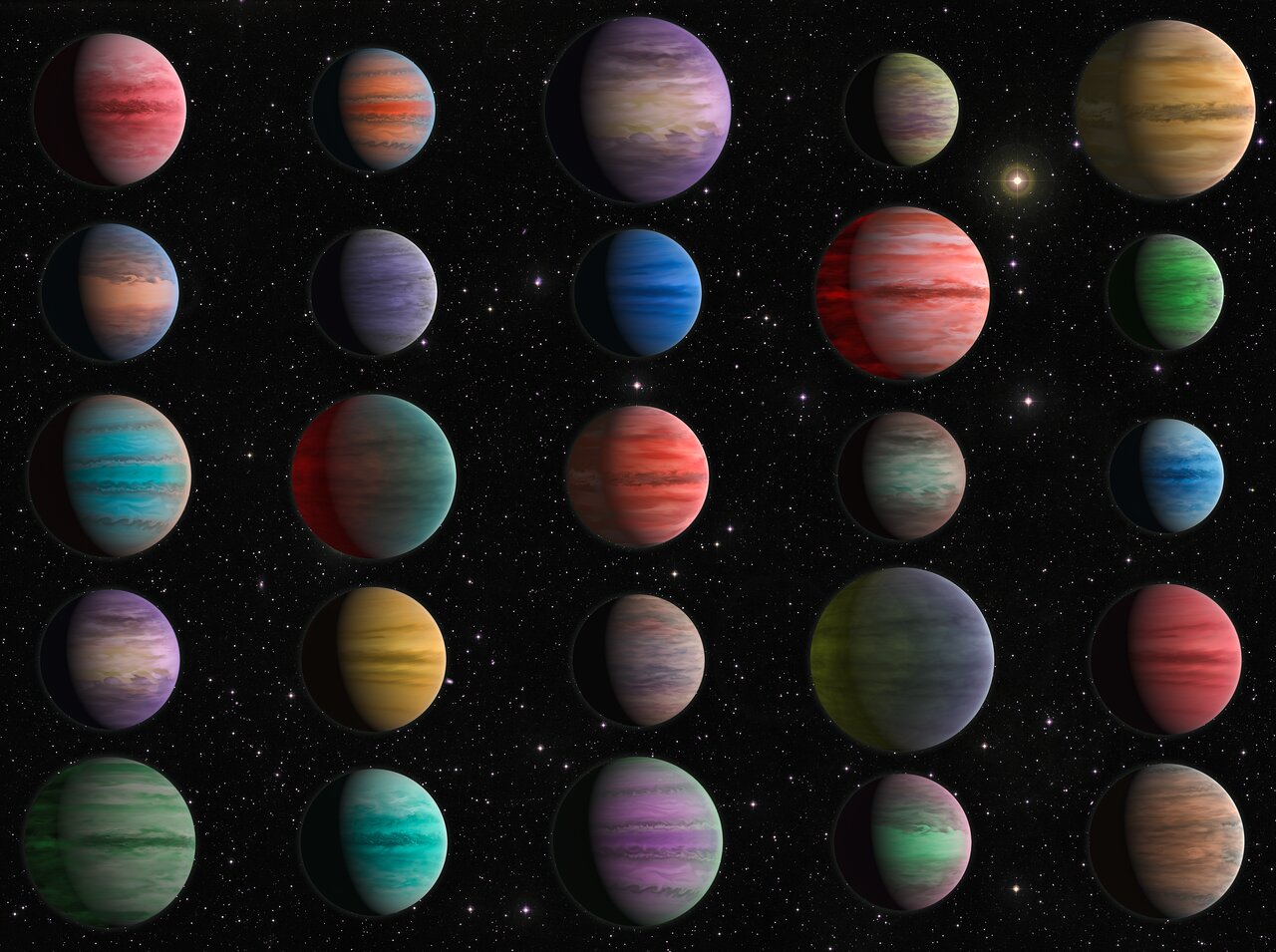
Hot Jupiters are giant exoplanets – even more massive than Jupiter – but they orbit closer to their star than Mercury. When they were first discovered, hot Jupiters were considered oddballs, since we don’t have anything like them in our own Solar System. But they appear to be common in our galaxy. As exoplanets go, they are fairly easy to detect, but because we don’t have up-close experience with them, there are still many unknowns.
A new study used archival data from the Hubble and Spitzer space telescopes to study this class of giant gas exoplanets, and undertook one of the largest surveys ever of exoplanet atmospheres. The researchers said they employed high performance computers to analyses the atmospheres of 25 hot Jupiters using data from about 1,000 hours of telescope observations. Their findings, published in the Astrophysical Journal Supplement Series, help to answer several long-standing questions about hot Jupiters.
Continue reading “Hubble has Characterized 25 Hot Jupiters. Here’s What we Know so far”Apparently, This Nebula Looks Like Godzilla. Do you see it?
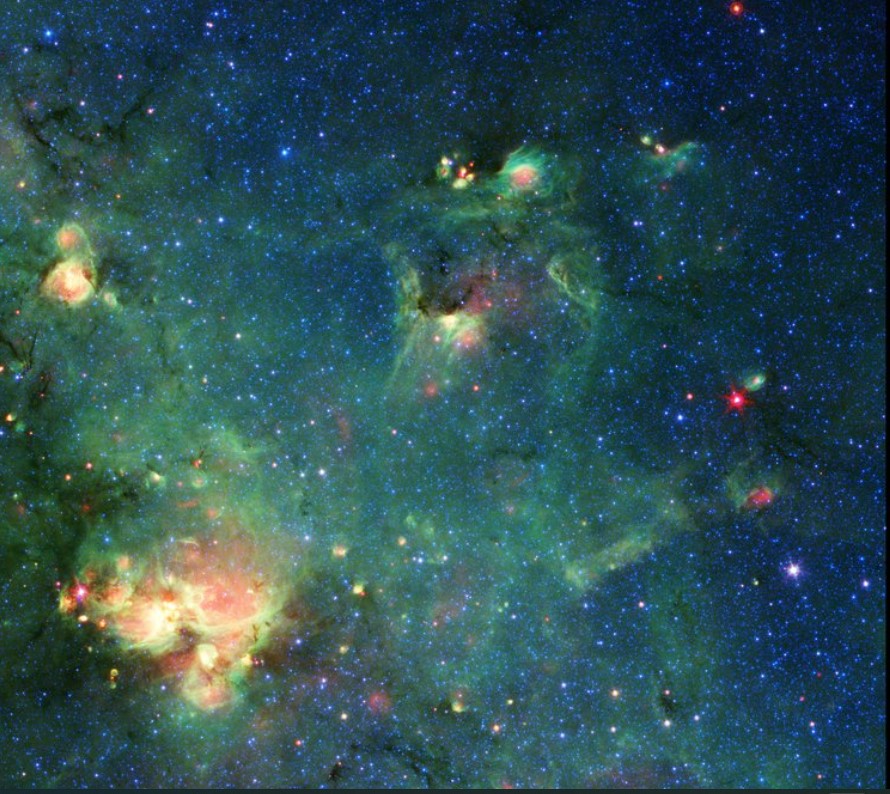
We’ve written often about how pareidolia — the human tendency to see faces or other features in random images — works its magic across the cosmos. There’s the famous face on Mars, Bigfoot on Mars, and even Han Solo on Mercury.
But now, just in time for Halloween, here’s a monster in a picture from the Spitzer Space Telescope. One astronomer sees Godzilla … or is it Cookie Monster?
Continue reading “Apparently, This Nebula Looks Like Godzilla. Do you see it?”

